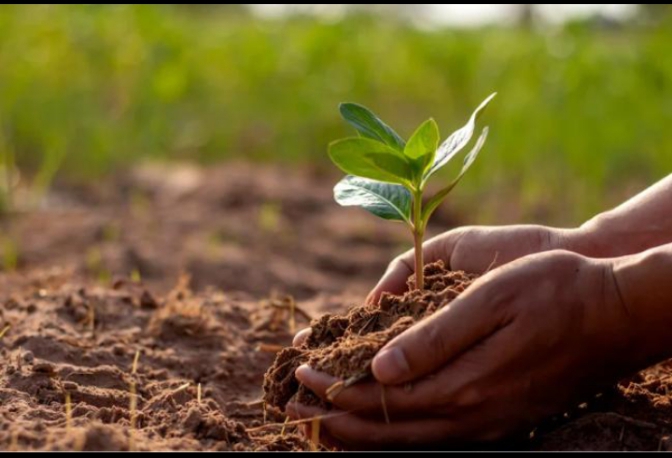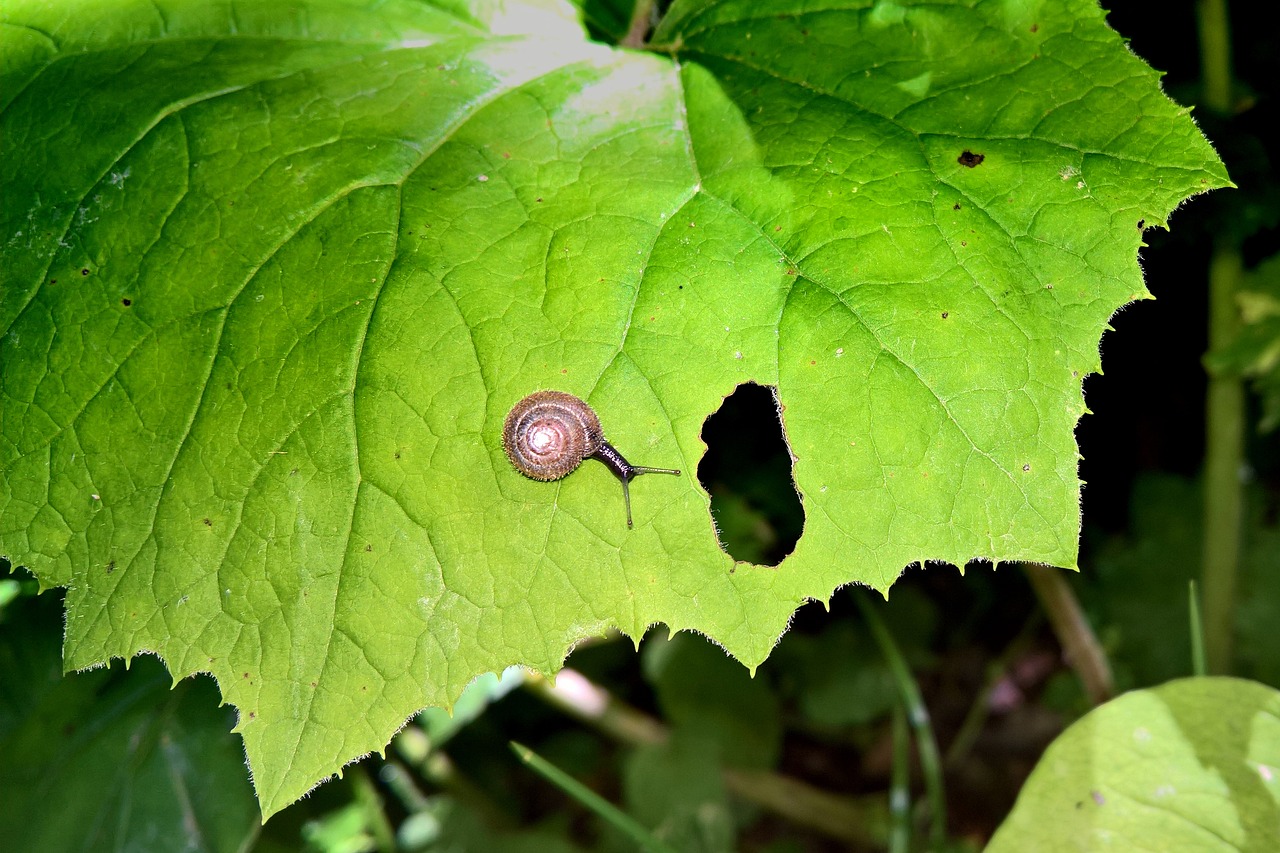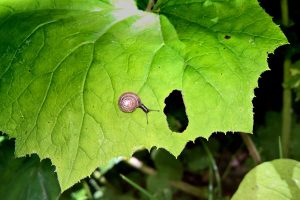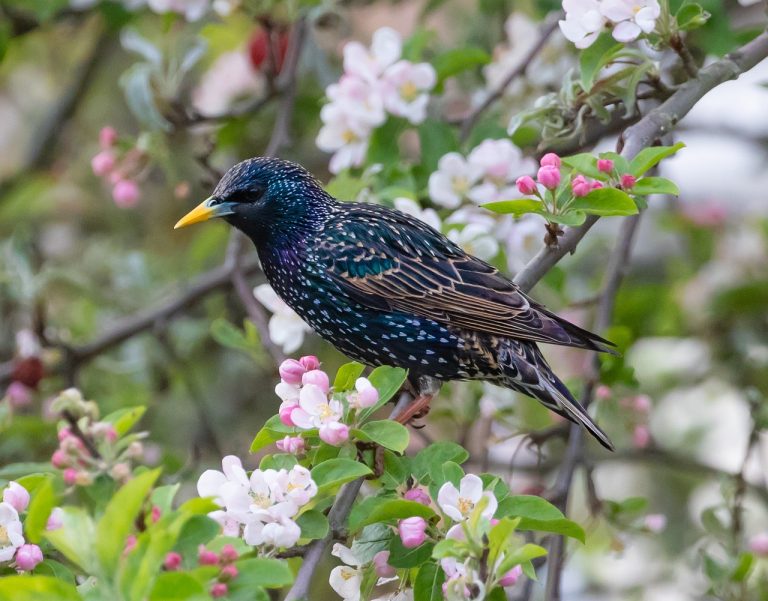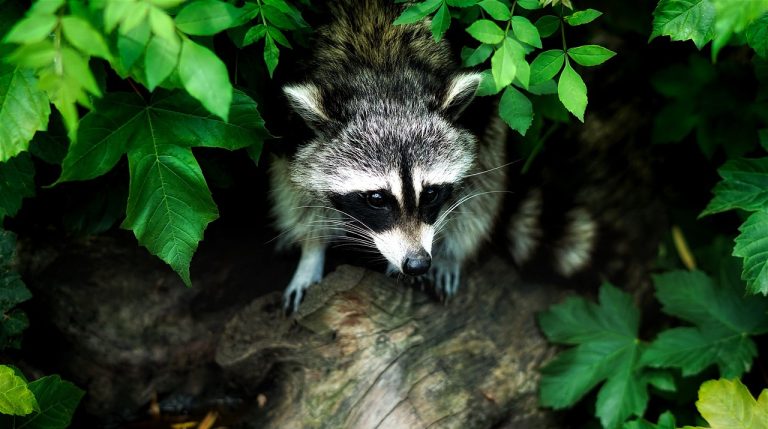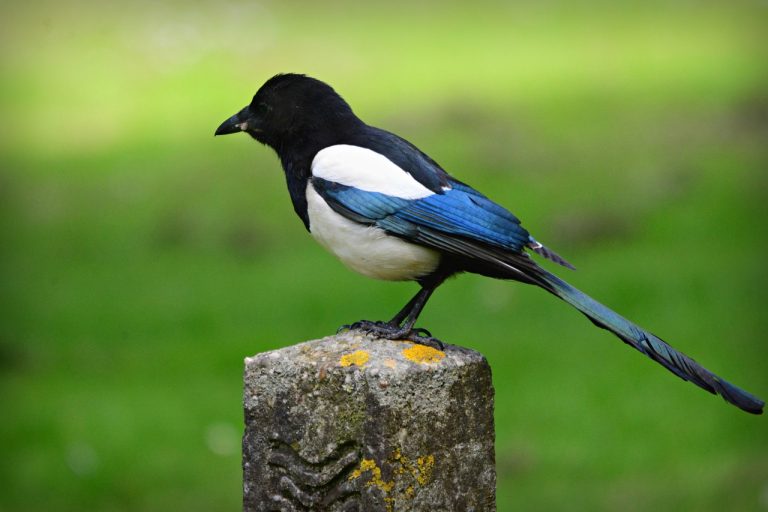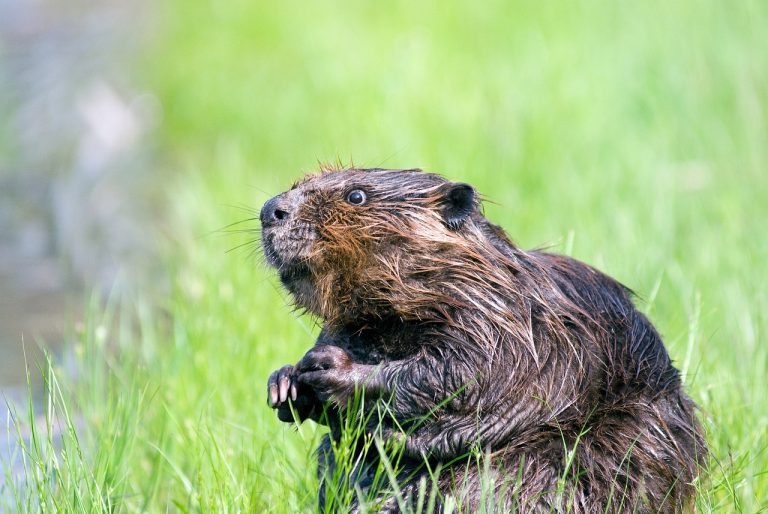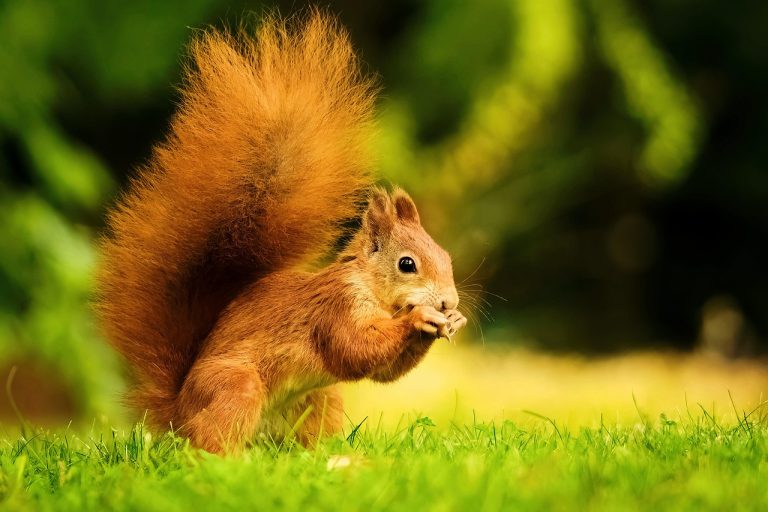CAN PLANTS RECOVER FROM SLUG DAMAGE (11 AMAZING FACTS)
Amidst the tranquility of a flourishing garden, the unwelcome presence of slugs can spell havoc for our beloved plants. The sight of slug damage, withering leaves, and chewed stems, often leaves gardeners pondering a crucial question: Can plants truly bounce back from the relentless assault of these slimy adversaries? Exploring the resilience of nature’s green wonders against slug damage unveils a fascinating journey of recovery and regeneration, offering hope and insights to every gardening enthusiast.
CAN PLANTS RECOVER FROM SLUG DAMAGE?
Plants can recover from slug damage, depending on various factors like plant species, severity of damage, and timely care. Factors such as the type of plant, extent of damage, and environmental conditions influence the recovery process. Understanding these elements helps in implementing effective strategies to aid plant healing.
Plants possess inherent mechanisms to heal from slug damage. Factors like the type of plant species determine their resilience against such damage. For instance, some plants may naturally rebound from slug attacks more effectively than others. The severity of damage inflicted by slugs also plays a crucial role; minor damage might be easier for a plant to recover from compared to extensive harm.
Moreover, providing appropriate care and creating a conducive environment for plant growth and recovery significantly contribute to their ability to bounce back from slug damage. Factors like timely removal of affected parts, providing necessary nutrients, and maintaining optimal growing conditions aid in facilitating the recovery process.
STRATEGIES FOR PLANT RECOVERY
Prevention stands as the foremost strategy against slug damage. Implementing measures like barriers, natural repellents, and regular garden maintenance can prevent significant harm. However, when damage occurs, swift action becomes crucial.
REMEDIAL ACTIONS FOR DAMAGED PLANTS
Removing affected parts, promoting a healthy environment, and providing supplemental care such as proper hydration and nutrition can aid in the recovery of damaged plants.
PROMOTING PLANT HEALTH AFTER SLUG DAMAGE
Nourishing damaged plants with the right nutrients accelerates recovery. Additionally, ensuring optimal environmental conditions fosters quicker healing.
NUTRITIONAL SUPPORT FOR RECOVERY
Supplying organic fertilizers, balanced nutrients, and natural plant boosters aids in strengthening plant resilience post-damage.
SIGN OF RECOVERY IN PLANTS
Identifying signs of recovery is pivotal. New growth, improved color, and enhanced vigor serve as indicators of a plant’s healing progress.
IDENTIFYING INDICATIONS OF HEALING
Observing changes in plant appearance, such as new shoots or improved leaf health, provides insights into the recovery journey.
TIMEFRAME FOR PLANT RECOVERY
The duration for plants to recover varies based on factors like plant type, extent of damage, and environmental factors.
EXPECTED DURATION FOR RECOVERY
While some plants may show signs of recovery within weeks, others might take months to regain their full vitality.
ENHANCING PLANT RESILIENCE
Strengthening plant defenses against slugs involves adopting sustainable gardening practices and enhancing natural protections.
SUSTAINABLE GARDENING PRACTICES
Encouraging biodiversity, companion planting, and maintaining balanced ecosystems aids in deterring slug damage.
COMMON PLANTS VULNERABLE TO SLUG DAMAGE
Certain plants are more susceptible to slug attacks. Understanding these vulnerable species helps in implementing targeted protective measures.
PROTECTIVE MEASURES FOR SPECIFIC PLANTS
Tailoring protection strategies based on the plant species safeguards them against potential slug damage.
THE ROLE OF NATURAL PREDATORS
Harnessing the power of natural predators like birds, frogs, and predatory insects contributes to controlling slug populations.
ENCOURAGING NATURAL PREDATORS IN GARDENS
Creating habitats and providing conducive environments for beneficial organisms fosters a balanced ecosystem.
IMPACT OF SLUG DAMAGE ON CROP YIELD
In agricultural settings, slug damage can significantly impact crop productivity, necessitating effective mitigation strategies.
MITIGATION STRATEGIES FOR AGRICULTURAL SETTINGS
Implementing integrated pest management techniques minimizes damage while maintaining crop yield.
BALANCING CONTROL MEASURES
Striking a balance between controlling slugs and preserving the ecosystem is crucial for sustainable gardening practices.
MINIMIZING HARM TO THE ECOSYSTEM
Utilizing eco-friendly control methods ensures pest management without causing harm to beneficial organisms.
EXPERT TIPS FOR PLANT RECOVERY
Experts in gardening and plant care offer valuable insights and practical tips to aid in the recovery of damaged plants.
BEST PRACTICES FOR AIDING PLANT HEALING
From expert advice on specific plant care routines to nurturing damaged foliage, these tips are invaluable in facilitating recovery.
COMMUNITY INSIGHTS AND EXPERIENCES
Learning from shared experiences and success stories of plant recovery offers practical wisdom and encouragement to gardeners facing similar challenges.
LEARNING FROM SHARED EXPERIENCES
Communities sharing experiences on successful plant recovery contribute to collective knowledge in gardening.
Frequently Asked Questions (FAQ) about “Can Plants Recover from Slug Damage”
Can all plants recover from slug damage?
While many plants can recover, the extent and duration of recovery vary based on various factors such as plant species, damage severity, and environmental conditions.
How long does it take for plants to recover from slug damage?
The recovery duration depends on factors like plant type and the extent of damage, ranging from weeks to months.
What are some signs that indicate a plant is recovering from slug damage?
New growth, improved leaf health, and enhanced vigor are common signs indicating a plant’s recovery from slug damage.
Are there specific plants more vulnerable to slug damage?
Yes, certain plants like hostas, delphiniums, and dahlias are more susceptible to slug attacks.
How can I prevent slug damage in my garden?
Implement preventive measures like barriers, natural repellents, and maintaining a tidy garden to deter slug infestations.
Should I remove damaged parts of plants affected by slugs?
Yes, removing damaged sections helps in promoting healthy growth and aids in the plant’s recovery process.
Do environmental conditions impact plant recovery from slug damage?
Absolutely, factors like temperature, humidity, and soil conditions significantly influence a plant’s ability to recover.
Are there natural predators that can help control slug populations?
Yes, birds, frogs, hedgehogs, and certain insects are natural predators that can help manage slug populations.
Can slug damage affect the yield of fruit-bearing plants?
Yes, slug damage can impact the productivity of fruit-bearing plants, affecting their yield.
Should I provide extra nutrients to plants recovering from slug damage?
Supplementing with balanced nutrients can aid in the recovery process, supporting the plant’s overall health and resilience.
CONCLUSION
In the delicate dance between nature’s adversaries and the resilience of plants, the verdict emerges: Yes, plants can indeed recover from the onslaught of slug damage. Their innate ability to heal, coupled with timely care and understanding of the factors at play, paints a picture of hope amid adversity.
As gardeners nurture their cherished greenery, witnessing the gradual revival of once-damaged plants serves as a testament to nature’s remarkable ability to rebound. Through vigilance, nurturing, and a touch of patience, the story of plant recovery from slug damage becomes a testament to the indomitable spirit of the botanical world.
